ANDREW HOMER discovers the history behind the ghostly Grey Lady of Dudley Castle in the West Midlands
Many well-known ghost stories are linked to a historical figure, an event from the past or both.
The story behind the Grey Lady sightings at Dudley Castle in the West Midlands is no exception. Indeed, in this
The story of Dorothy Beaumont and why her ghost allegedly wanders around the grounds of Dudley Castle has been retold many times but always with the same key elements.
The following account is taken mainly from the book, ‘Beer and Spirits’ by Andrew Homer and David Taylor and published by Amberley.
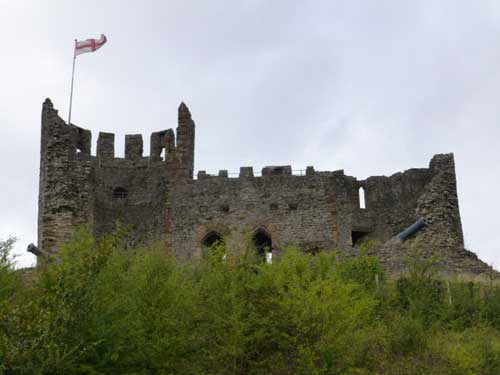
The ghost of Dorothy Beaumont has been regularly sighted over the years.
She is better known as ‘The Grey Lady’ who haunts the area in and around the base of the Castle Keep.
Dorothy was the wife of John Beaumont, the Deputy Commander of Dudley Castle during the Parliamentarian siege of 1646. Dorothy gave birth to a daughter, Frances, in 1645 but the child only survived a few months and her body was buried at St Edmund’s Church, known locally as ‘bottom church’.
Dorothy was never to get over the loss of her baby daughter and passed away herself during the Parliamentarian siege.
Her body could not be buried with that of her daughter as Colonel Leveson, commander of the Royalist forces, had the church destroyed prior to the siege to stop it being used as a vantage point by the Parliamentarians.
Dorothy’s body was permitted to be taken through the Parliamentarian lines to be buried at St Thomas’s Church, known locally as ‘top church’.
Her body was not allowed to be accompanied by her grieving husband, Lieutenant Colonel Beaumont, and neither could she be buried alongside Frances, her beloved baby daughter.
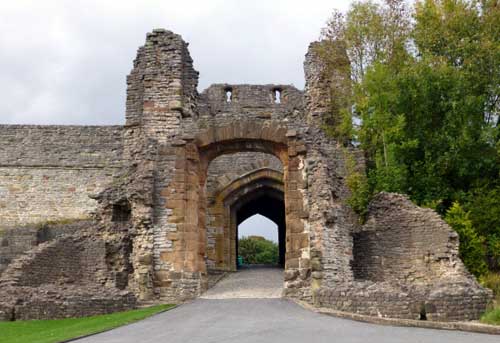
It is said that Dorothy’s restless spirit still roams Dudley Castle searching for her lost husband and daughter.
The sad and lonely figure of a grey lady has been seen many times descending the steps of the ancient keep or passing through the ruined buildings of the Sharington Range, which was destroyed in a great fire of 1750.
Dudley Zoo and Castle host regular ghost
Dorothy Beaumont has been known to put in a spectral appearance herself during these ghost walks.
On a number of occasions after the tour has ended members of the public have asked why there were two actresses playing the part of the Grey Lady on the castle keep.
Needless to
That is the story of the ghost of Dorothy Beaumont as it has survived down the years.
Stories rarely remain the same as they often get altered in the telling and retelling over time.
Features of the Dorothy Beaumont ghost story are particularly interesting because we have references to specific people and events from a well-documented period of history, the English Civil War.
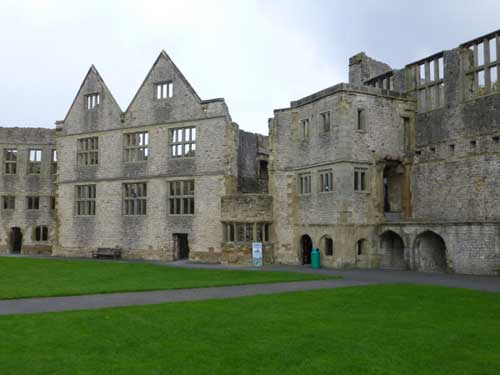
The Dudley area was an important supplier of ordnance for the Royalist cause and had the added advantage of a very well-defended fortress in the form of Dudley Castle which housed the local Royalist garrison.
This importance did not go unnoticed by the Parliamentarians who mounted two sieges in an attempt to capture the castle and thereby take control of the local industry.
The first in May 1644 was unsuccessful but a second siege took place over April to May 1646 and this is where our story originates.
The Royalists in the castle under Colonel Leveson initially seemed to have been resolved to fight it out.
During the war it was common practice to clear buildings from around defensible positions such as Dudley Castle in order to deprive the enemy of accommodation and cover.
To this end they had destroyed properties around the castle, including St Edmond’s Church, in order to avoid them being used by the enemy.
Sir William Brereton, commanding the Parliamentarian forces, was therefore expecting to fight a prolonged siege but it wasn’t to be.
The castle was simply surrendered to the Parliamentarians seemingly without a fight on the 13th May 1646.
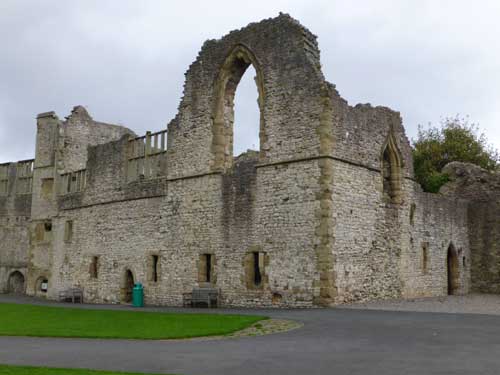
It was during this siege that letters were passed to and from Colonel Thomas Leveson and Sir William Brereton concerning Dorothy Beaumont. These letters are preserved in ‘Sir William Brereton’s Letter Book, April – May 1646’. On the 28th April 1646 Colonel Leveson sent a letter from Dudley Castle to Sir William Brereton:
Lieutenant Colonel Beaumont’s wife being dead, I shall take it for a favour if you will permit us to bury her in the upper church of Dudley without interruption.
On the same day Brereton sent the following reply approving the request:
Upon my entrance into this town I found your drum with a letter desiring to bury Lieutenant Colonel Beaumont’s wife in the upper church, which is such a civility as I will not deny…
Leveson further requests by letter that twelve people be given passes to attend the body for the burial:
I thank you for your civility in affording a quiet burial to my Lieutenant Colonel’s wife; I have here sent you a list of such as I desire may attend her funeral of whom I desire your pass to come and return.
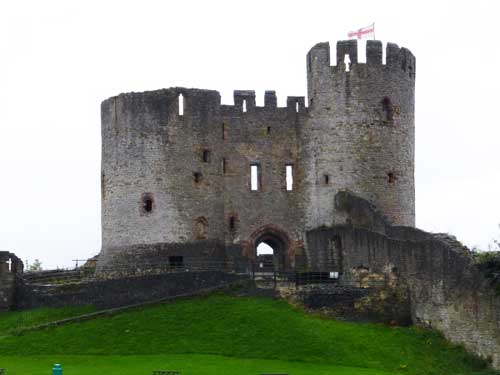
Colonel Beaumont’s name is missing from the list of the twelve attendees so he was not permitted to attend his own wife’s funeral.
This is hardly surprising as he was a serving Royalist officer and the war had not ended but is yet another feature of the Dorothy Beaumont story which is evident in the surviving letters. The Letter Book goes on to give further detail about Dorothy and confirms that she had been resident in Dudley Castle since September 1644 and that she had a daughter ‘born and buried’. Dorothy Beaumont’s burial is recorded in the register of St Thomas’s Church as taking place in 1646.
Delving back into the records of the events behind the Dorothy Beaumont story reveals evidence that it has remained more or less historically accurate over the years. Of course, exactly how the transition was made from a tragic Civil War story to the now-famous Grey Lady ghost of Dudley Castle will most likely never be revealed.
Dudley Castle itself and the whole Black Country area surrounding it plays host to a plethora of ghost stories.
You can find details of them all together with photographs and searchable maps in the ‘GhostNav: Black Country Ghosts’ Android App by Andrew Homer and Nick Williamson available on the Google Play Store for just 62p.
ANDREW HOMER has been investigating anomalous activity for over 20 years and is a member of Coventry Paranormal Investigators (CPI). He has written extensively on aspects of the paranormal and his books include Beer and Spirits and Haunted Hostelries of Shropshire. Andrew can be contacted at ghostauthor (at) virginmedia.com


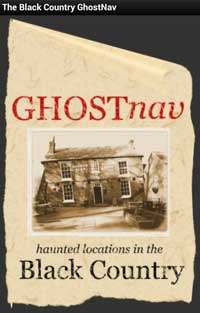
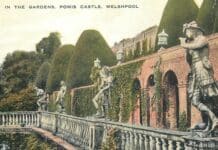
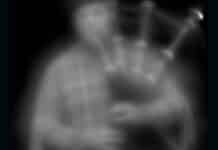

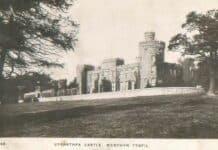

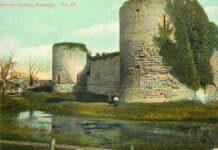


We now have technology to find things underground, and with world of wifi finding her husband would not be a problem. So why haven’t her husband, and child been located to be put next to her.
If the spirit possibly is in fact her’s, she just want her family together. You are in death, the way you are in the living world. This poor woman is lost in her mind, she’s lonely, and the attention she get is by stranger’s who want to hunt her down for entertainment not to help.
STOP HUNTING AND START HELPING.